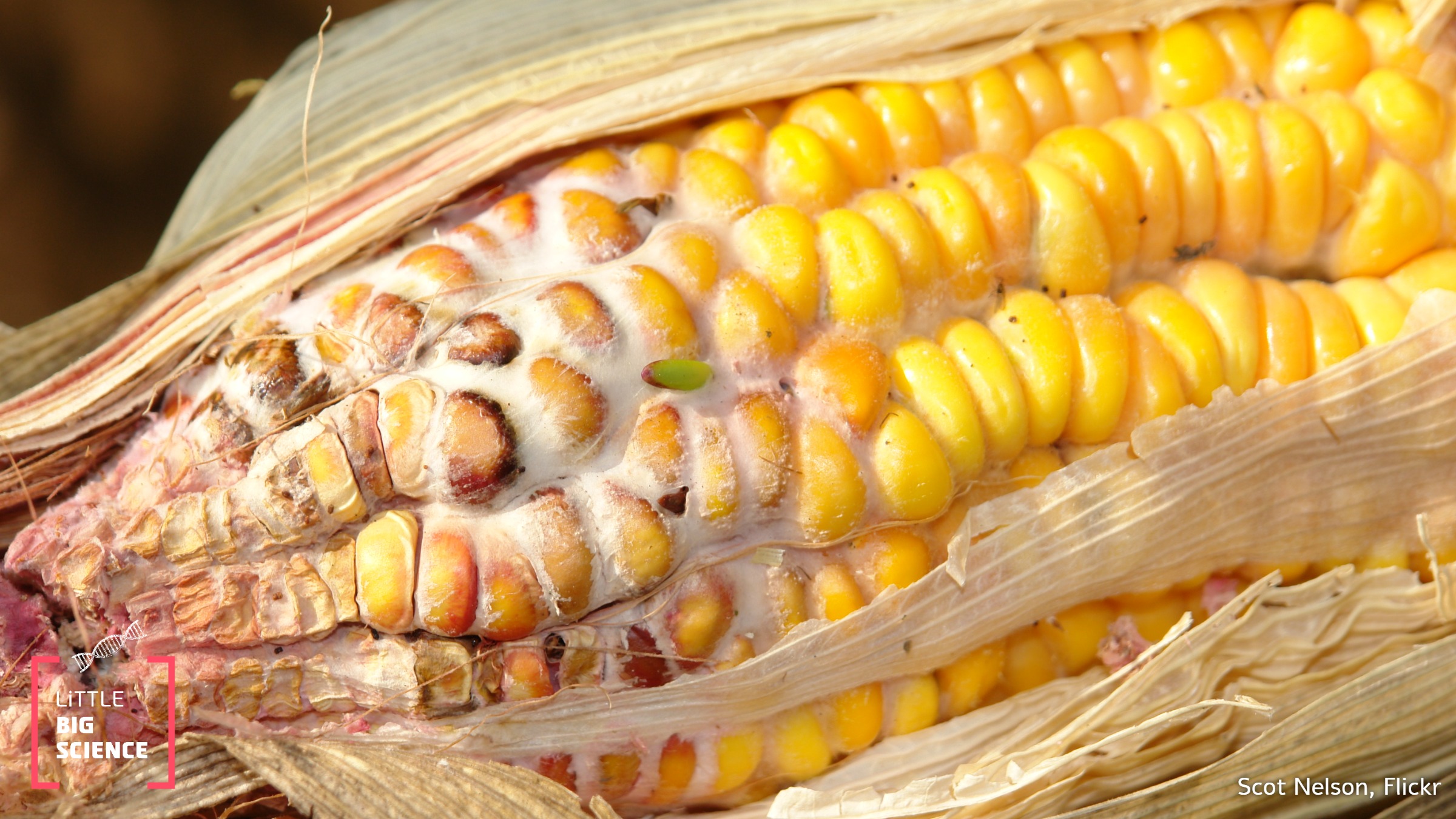
Two Chinese nationals have been under FBI investigation since July 2024 for allegedly smuggling a disease-causing fungus, which poses a threat to crops. Were they planning on using the fungus solely for research purposes, or for something else?
Advertisement
One of the suspects, 34-year-old Zunyong Liu, is a Chinese researcher who claimed he had brought the fungus to study it in a laboratory. He said he had come to visit his 33-year-old girlfriend, Yunqing Jian, who works in a laboratory at the University of Michigan. The FBI accuses both of agricultural bioterrorism (agroterrorism) on the grounds that they may threaten public health and the economy. Liu has meanwhile been deported to China, and as of early June 2025, Jian’s trial is set to begin.
The fungus, Fusarium graminearum, also known as Gibberella zeae, causes several diseases in cereals. The first is a disease called Fusarium head blight (FHB for short) or scab. This disease affects domesticated cereals such as wheat, barley, rice, and oats, and can cut their yield by about 50 percent.
The two additional diseases are rots of maize plants: Gibberella ear rot, which attacks corn ears and kernels, and Gibberella stalk rot, which attacks the stalks and causes the plants to collapse.
The fungus’s spores can be spread by insects, as well as by wind and rain to nearby agricultural fields.
Crop loss in cereals is not the only problem. Even when damage to yields is modest, consuming the infected plants remains a concern, because these are food crops and the disease endangers the health of the humans and livestock that eat them. The fungus growing in the plants secretes toxins, for example the toxin deoxynivalenol, also called vomitoxin, which harms the intestines, liver, and kidneys. Another toxin, zearalenone, impairs fertility by altering estrogen levels in mammals through an unknown mechanism.
The fungus causes crop losses and economic damage amounting to billions of dollars each year worldwide. In the United States alone, the estimated damage from FHB stands at 7.7 billion dollars, with most of the losses occurring in North Dakota and Michigan.
Hebrew editing: Galia Halevy-Sadeh
English editing: Elee Shimshoni
Sources







